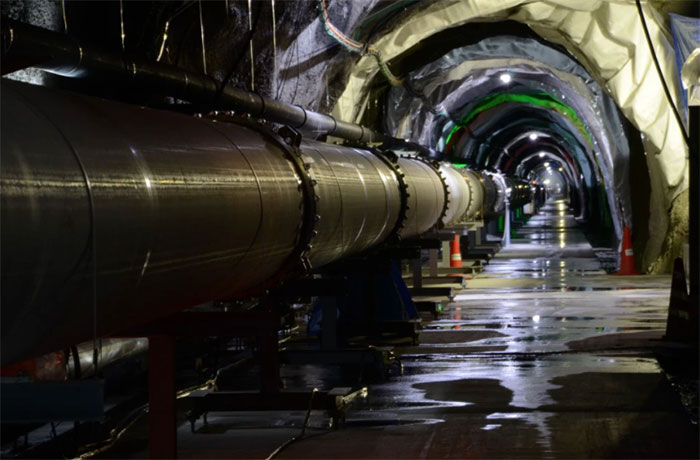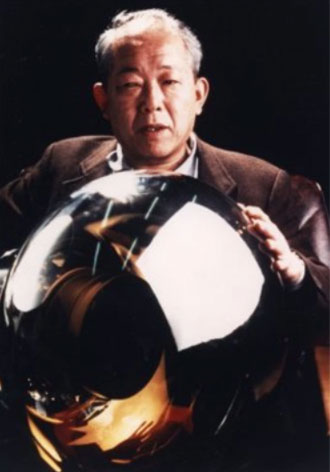This hundred-million-dollar project promises to elevate Japan to new heights.
The strategy of “building walls and storing grains” has been applied throughout history, notably during the Ming Dynasty. After ascending to the throne, to stabilize and prepare for the long term, the Hongwu Emperor ordered the construction of high walls and the storage of food, quietly accumulating strength. Today, there is still a country that quietly employs this strategy. That country is Japan.
Japan still stores 50,000 tons of ultra-pure water underground in peacetime. This raises the question of what their intentions truly are?
In the 1980s, Japanese physicist Masatoshi Koshiba led the construction of a giant neutrino detector located 1,000 meters underground in a lead and zinc mine in Hida, Gifu Prefecture, Japan.
It was completed a year later. The detector is a cylindrical container 16 meters tall and 15.6 meters in diameter, containing 3,000 tons of water and 1,000 photomultiplier tubes (devices used to amplify weak photon streams).

Inside the research facility. (Photo: PhysicWorld).
The initial purpose of the project was to investigate the issue of “proton decay” in particle physics. However, the detector has yet to uncover the cause of proton decay.
Surprisingly, the project detected neutrinos from the sun.
Neutrinos are among the most fundamental particles that make up the natural world, often referred to as the “invisible man” of the universe. Approximately 1,000 trillion neutrinos “pass through” the human body every day.
In 1956, Reins observed neutrinos for the first time in an experiment, earning him the Nobel Prize in 1995. In 1962, American scientists Lederman, Schwartz, and Steinberg discovered the “mu neutrino,” winning the Nobel Prize in 1988. In 1968, American scientist Davis discovered the missing solar neutrinos, receiving the Nobel Prize in 2002.
In fact, this field of study encompasses both astronomy and physics. Astronomers can observe and predict supernova explosions in the Milky Way, while physicists can investigate and study neutrinos regarding their properties, functions, and laws.
In the 1990s, the project spent $100 million to build a larger detector known as the “Super-Kamiokande.” The new generation of detectors contains 50,000 tons of ultra-pure water. In 1996, the Super-Kamiokande detector was officially put into operation, reaching new heights in its ability to observe neutrinos.

Mr. Masatoshi Koshiba. (Photo: Sohu)
It is evident that humanity’s exploration of neutrinos has never ceased. In February 1987, the probe detected neutrinos produced in the explosion of the supernova 1987A in the Large Magellanic Cloud. This marked the first time scientists detected neutrinos generated by celestial bodies outside the Solar System, a significant milestone.
In 1998, the project creator, Masatoshi Koshiba, announced a major achievement. He not only provided authentic evidence for “neutrino oscillation,” but also proved that neutrinos have mass.
Thanks to this discovery, Masatoshi Koshiba received the Nobel Prize in Physics in 2002, and his collaborators also won the Nobel Prize for their work on neutrinos.
It is clear that the 50,000 tons of ultra-pure water buried 1,000 meters underground in Japan is the “cradle” of Nobel Prize-winning discoveries in neutrino research. With this move, Japan has taken a step ahead of the world, making it incredibly challenging for other countries to catch up.

















































